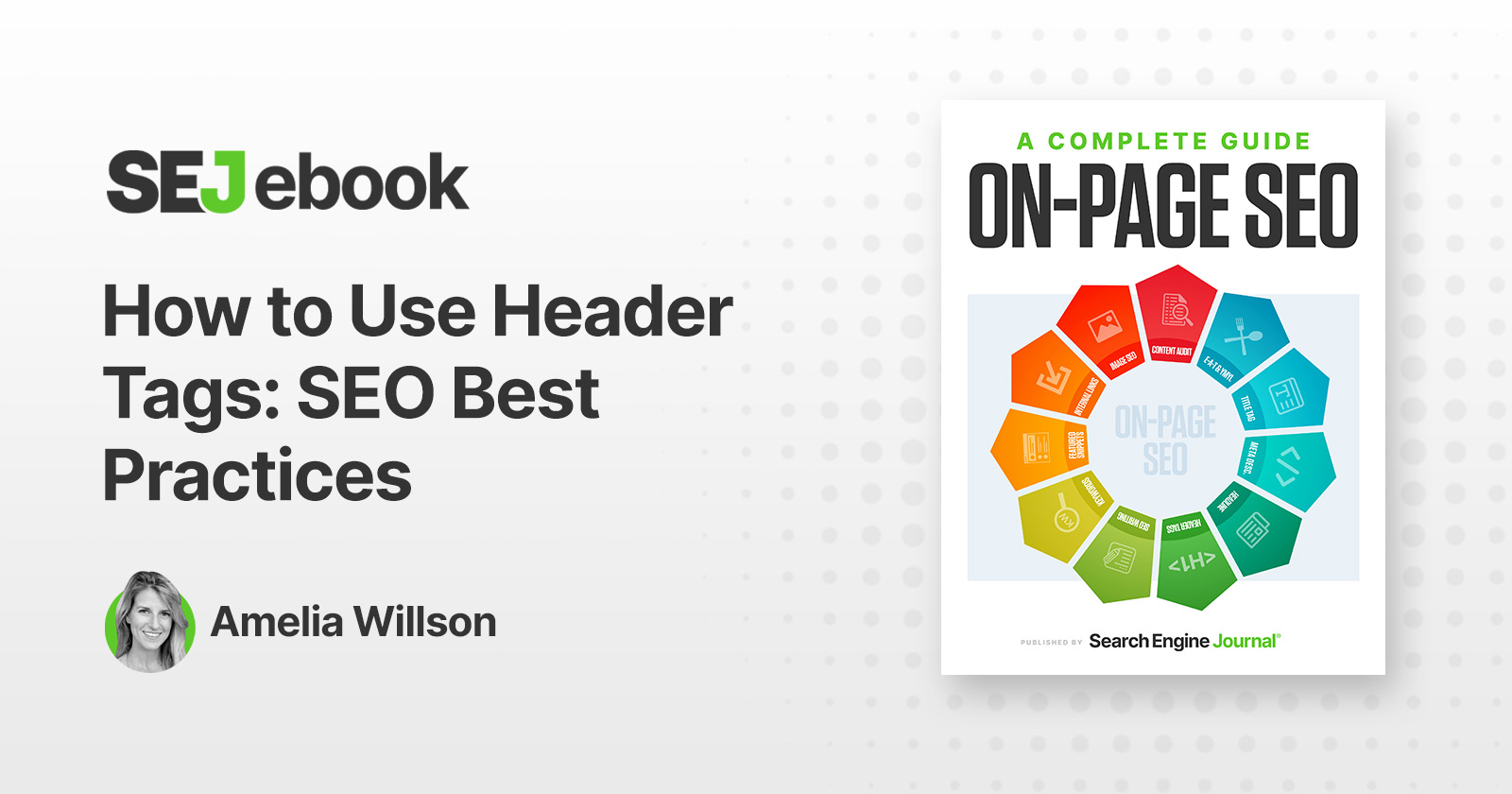Demystifying the Role of Header Tags in Web Design and SEO
Header tags are an essential element of web design and Search Engine Optimization (SEO). They significantly influence both user experience and search engine rankings. Despite their critical importance, these HTML tags are often overlooked. In this comprehensive guide, we will delve deeper into their role, benefits, and best practices for optimization.
Understanding Header Tags
What Are Header Tags?
Header tags are HTML tags that inform a browser how to style and display a segment of text on a webpage. Similar to headings in printed content, header tags serve to title or introduce the content that follows them. Specifically, HTML header tags encompass a hierarchy ranging from <h1> to <h6>, where <h1> is the main title and <h6> represents the most minor subheading. These tags not only enhance readability for users but also offer critical semantic signals to search engines about the structure and key topics of a webpage.
Best Practices for Using Header Tags in Web Design and SEO
1. Use Header Tags to Provide Logical Structure
Header tags create a coherent structure for your content, facilitating easier navigation for both users and search engines. Think of your <h1> tag as the main title, while subsequent tags like <h2> through <h6> break down sections and subsections within your content. These should be planned meticulously to ensure the main ideas are clear and easily accessible.
2. Break Up Text Blocks with Subheadings
Long blocks of text can be overwhelming and deter readers. Subheadings break up the text, making it more digestible and user-friendly. Additionally, scannable articles tend to perform better in search engines, as they improve the user experience and are often shared more widely on social media. This can lead to an increase in natural backlinks.
3. Include Keywords in Header Tags
Incorporating relevant keywords in your header tags is crucial, but it should be done judiciously. Ensure that your headers are informative and engaging rather than overloaded with keywords. Search engines like Google use these keywords to understand the context and content of your page. Keyword stuffing can lead to penalties; instead, focus on natural inclusion that enhances readability.
4. Optimize for Featured Snippets
Well-crafted header tags can significantly increase your chances of being featured in snippets. For paragraph-featured snippets, place a pertinent long-tail keyword in your <h2> and provide a succinct answer directly below. For list-featured snippets, use header tags (from <h2> to <h6>) to clearly outline a series of steps or items. This helps Google extract the relevant information needed for snippets, thereby enhancing your visibility and driving more traffic to your site.
5. Maintain a Single <h1> Tag
Although the inclusion of multiple <h1> tags is technically permissible, it's best to limit each page to a single <h1>. This preserves a clear hierarchy, avoiding confusion for both users and search engines. Use <h2> to <h6> tags for subsequent subheadings.
6. Ensure Consistency in Header Tags
For a harmonious user experience, consistency across your header tags is essential. This includes maintaining the same style, whether in title or sentence case, keeping headers concise, and limiting their length to around 70 characters. Consistent formatting helps build a cohesive brand image and aids in better content digestion for users.
7. Craft Engaging Header Tags
Engagement begins at the header level. Invest time in crafting compelling and engaging header tags that pique the reader's interest. The <h1> tag is particularly critical, as it can determine whether a visitor remains on your page or bounces back to the search results. Aim for headers that reflect the content's essence while enticing readers to delve deeper.
The Critical Role of Header Tags in SEO
Header tags play a multifaceted role in SEO. They enhance user experience by making content scannable, provide contextual clues to search engines, and can bolster the chances of acquiring featured snippets. This can translate into improved rankings, greater visibility, and enhanced engagement rates. By prioritizing the strategic use of header tags, website owners can significantly optimize their content and overall online presence.
In summary, header tags are a powerhouse in both web design and SEO. Their strategic usage can lead to a significant improvement in user experience and search engine performance. Incorporate the best practices outlined above to optimize your content, enhance readability, and bolster your SEO strategy.
Image/Photo credit: source url
[ad_2]



